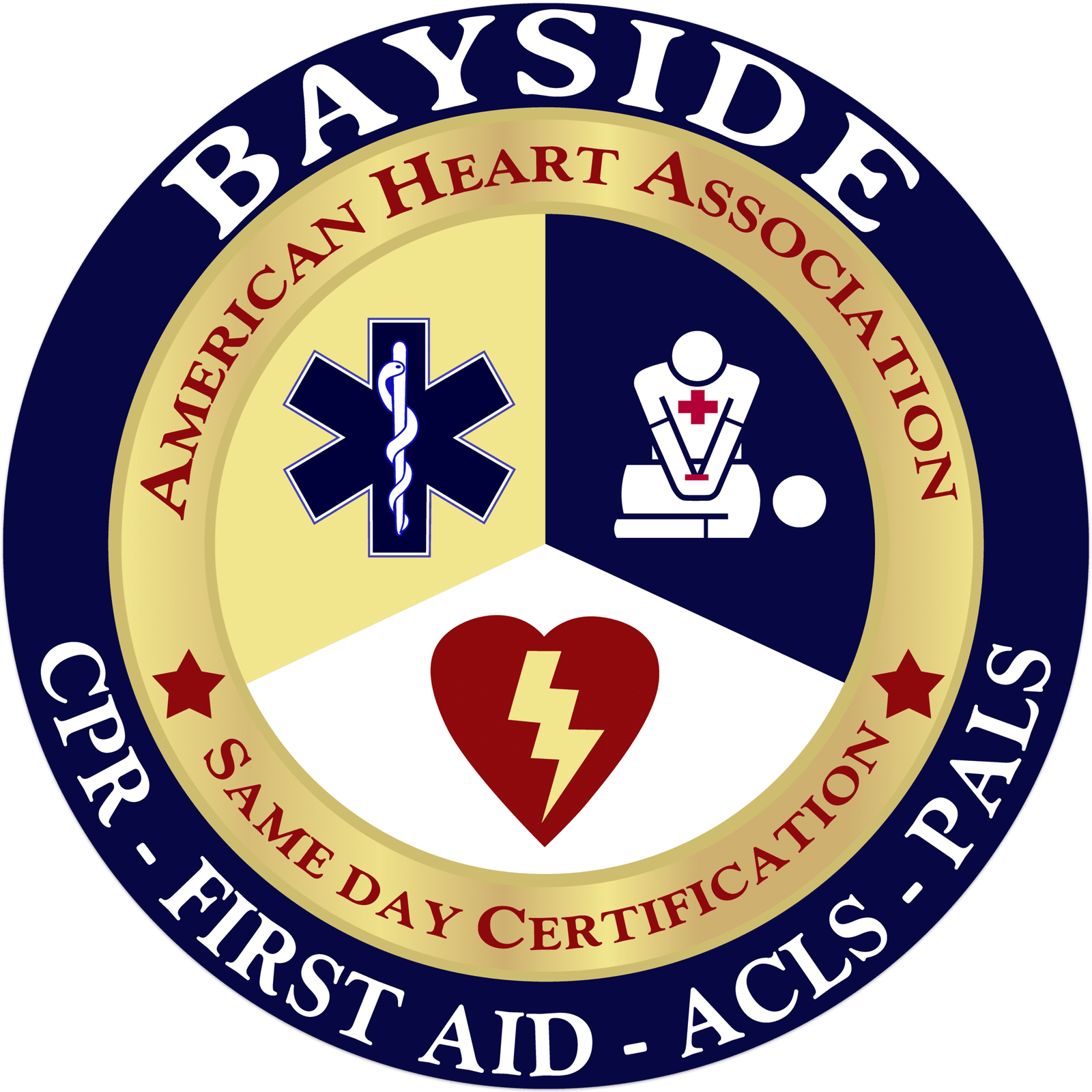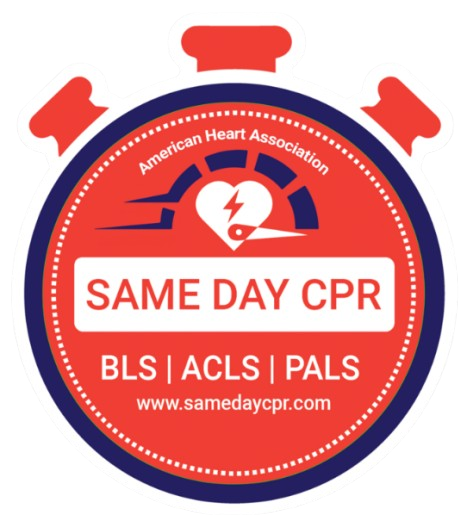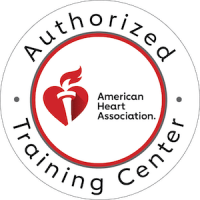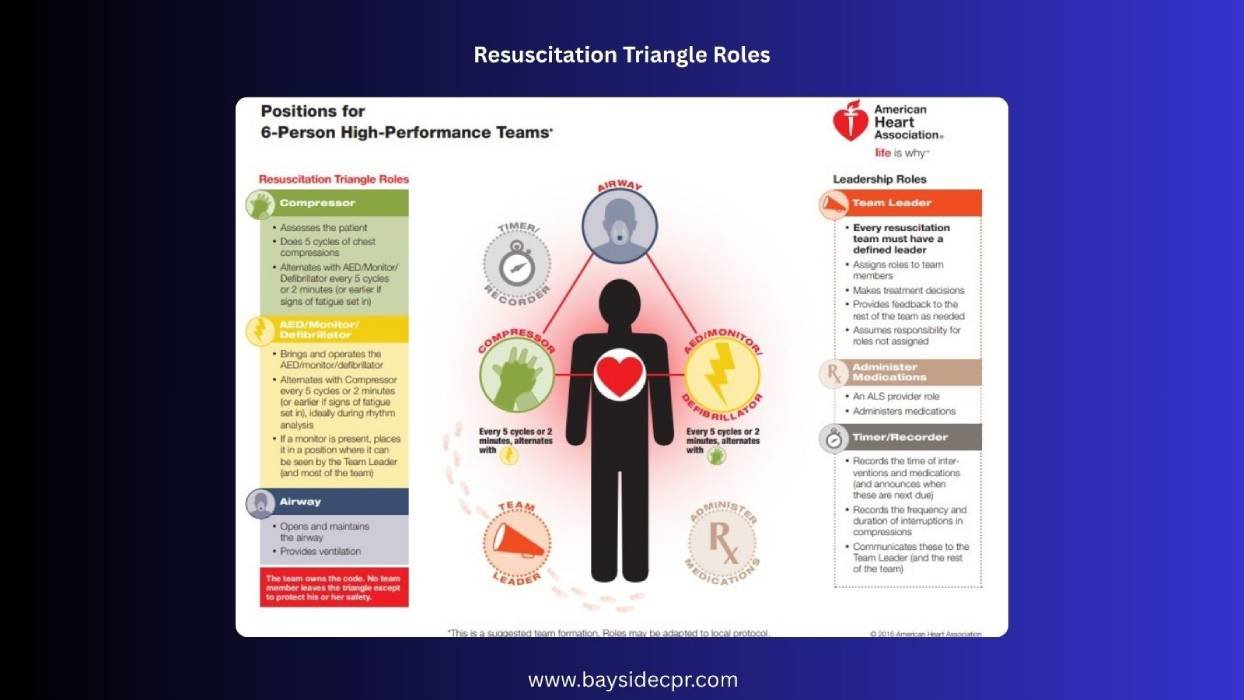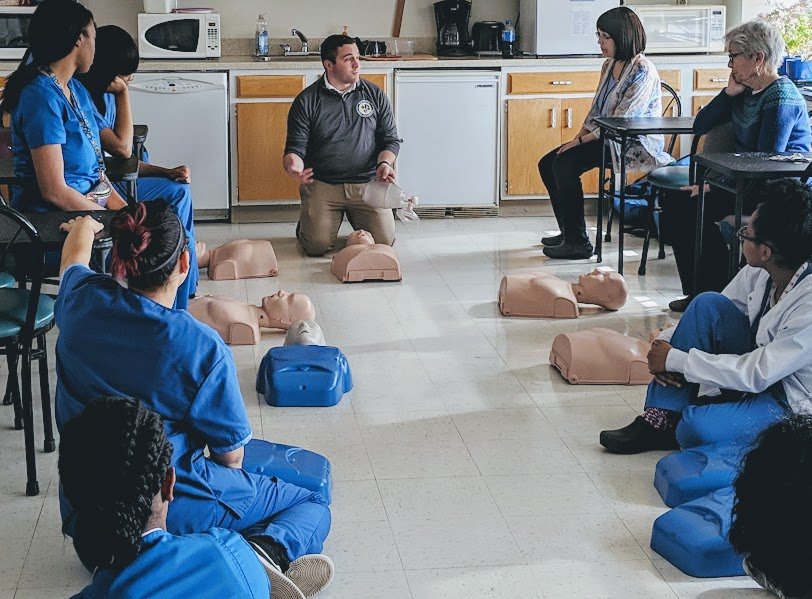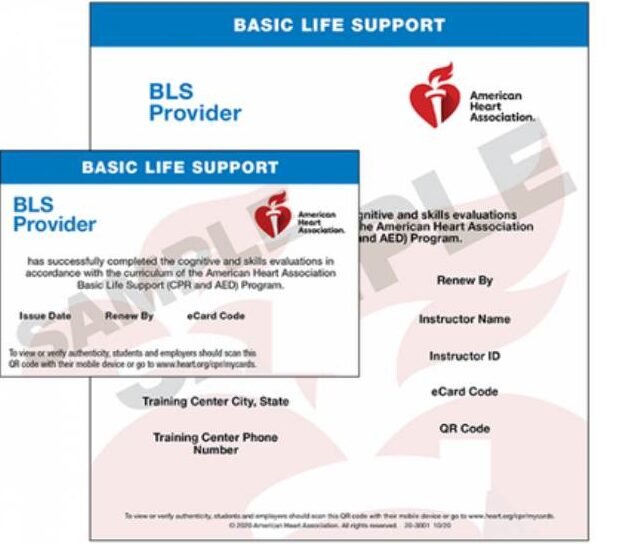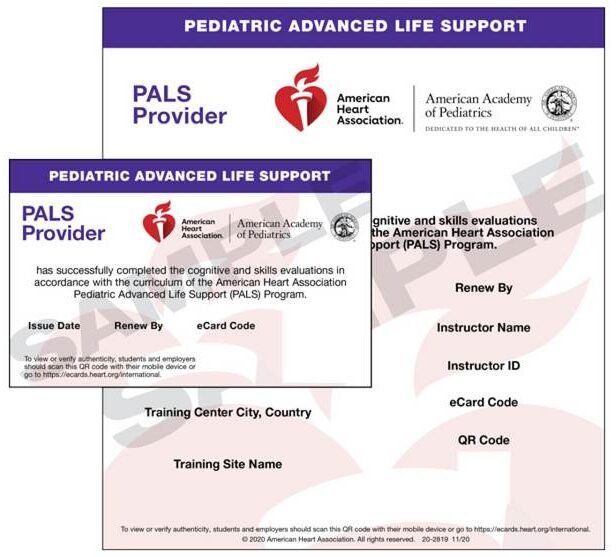In Advanced Cardiovascular Life Support (ACLS), successful resuscitation relies on team coordination not just individual skill. The Resuscitation Triangle provides a structured framework for organizing key team roles around the patient, ensuring actions are synchronized and efficient during cardiac arrest. In this model, a designated team leader oversees the process, assigns roles, and maintains strong communication while each member performs their critical task. Through ongoing education, dedication to protocols, and precise execution, ACLS teams function as high-performance units capable of delivering effective, life-saving care.
What is the Resuscitation Triangle?
The Resuscitation Triangle is a team-based performance model used during resuscitation and cardiac arrest scenarios, particularly in Advanced Life Support (ALS) and High-Performance CPR (HP-CPR). It focuses on the three most critical, hands-on roles of Compressor, AED/Monitor/Defibrillator Operator, and Airway Manager. These three team members create the triangular formation that enables rapid, efficient care. And other vital roles like the Team Leader, IV/IO/Medication Administrator, and Timer/Recorder are considered leadership roles that support the team from the outside. This structure ensures that each critical task is performed simultaneously rather than sequentially, which dramatically reduces response times and improves overall effectiveness. By assigning clear, specific responsibilities, the triangle helps reduce confusion and improve communication, which leads to better patient outcomes.
Also, Read: What Is the Main Advantage of Effective Teamwork in ACLS?
What are the Core Roles in the Resuscitation Triangle?
In a high-performance ACLS team, everyone has a vital part to play in saving a life. The resuscitation triangle highlights three key roles that work together seamlessly during a cardiac arrest.
1. Compressor
The compressor plays a crucial role in a resuscitation triangle. The person in this role performs chest compressions, focusing on delivering consistent, high-quality compressions with minimal interruptions. Effective compressions help maintain blood flow to vital organs, which is essential during resuscitation efforts. Switching compressors every two minutes helps prevent fatigue and ensures the quality of compressions remains strong throughout the code. Consistent compressions are critical for saving lives during resuscitation.
2. AED/Monitor Operator
The AED (automated external defibrillator) or monitor operator plays a very important role during an ACLS resuscitation triangle. They focus on setting up the device quickly and making sure it works correctly. Their job includes attaching the pads to the patient, analyzing the heart rhythm, and delivering shocks if needed. They stay calm and follow the prompts from the machine, giving clear information to the rest of the team. By keeping the heart rhythm monitored and ready for action, they help the team work smoothly and give the patient the best chance for survival.
3. Airway Manager
The airway manager plays a crucial role in any resuscitation team. Their main job is to make sure the patient’s airway stays open and clear so oxygen can reach the lungs. This person stays focused on breathing support, using tools like a bag-valve mask, suction, or advanced airway devices if needed. They also keep a close eye on chest rise and listen for breath sounds to confirm that air is moving properly. Clear communication with the rest of the team helps them adjust quickly to any changes in the patient’s condition. A calm, skilled airway manager can truly make the difference between life and death.
Supporting Roles That Boost Performance
While the triangle includes three primary positions, additional roles are essential for a fully functioning high-performance team. These include:
- Team Leader: Oversees the entire code, makes decisions, and keeps the team organized and focused. Often stands slightly away from the triangle to maintain a clear overview.
- IV/IO Access Provider: Establishes and maintains vascular access, prepares medications, and helps administer drugs as needed.
- Recorder: Documents interventions, times, and events. Keeps track of rhythm checks, medication administration, and team member rotations.
Why the Triangle Structure Matters
In a high-performance ACLS team, everyone has a clear role and purpose. The triangle structure keeps the team organized, focused, and working together smoothly.
- Clear Communication: The triangle setup helps everyone see and hear each other easily, making it simple to share updates and respond fast during resuscitation.
- Defined Roles: Each person knows exactly what to do, so there’s no confusion or overlap when caring for the patient.
- Efficient Teamwork: The team moves smoothly because every member supports one another, keeping the focus on quality CPR (cardiopulmonary resuscitation) and timely actions.
- Better Coordination: The triangle layout keeps everyone in sync, ensuring quick rhythm checks, compressions, and medication delivery.
- Improved Patient Outcomes: When the team works in harmony, the chances of restoring circulation and saving a life increase significantly.
Tips for Effective Triangle Role Execution
A strong team works best when everyone knows exactly what to do and how to do it together. Here are a few simple tips to help you perform your role smoothly during a resuscitation.
- Practice together often so everyone understands their role and can move in sync when it matters most. Regular teamwork builds confidence and smooth coordination.
- Take turns performing chest compressions to keep energy high and maintain strong, steady performance. Switching regularly helps prevent fatigue and keeps compressions effective.
- Always repeat instructions back to confirm you heard them correctly. Clear, closed-loop communication keeps the team connected and avoids confusion.
- Focus on your assigned task, but also monitor how the whole resuscitation effort is progressing. Awareness of the big picture helps the team move as one.
- Follow the team leader’s directions so every action lines up perfectly. A unified effort ensures treatments happen quickly and efficiently.
Common Pitfalls in Team Performance
Resuscitation teams often encounter challenges when roles aren’t clearly defined or when communication breaks down during quick updates and handoffs. Let’s examine the common pitfalls that can occur.
- Poor Role Clarity: When team members are unsure of their roles, tasks get missed and confusion spreads quickly. Clear assignments help everyone act confidently and keep the resuscitation moving smoothly.
- Weak Communication: Team members may talk over each other or fail to share critical updates. Open and simple communication ensures everyone knows what is happening at all times.
- Slow Decision-Making: Delays happen when the team hesitates or overthinks choices. Quick decisions guided by the protocol keep the patient’s care continuous and effective.
- Inconsistent Chest Compressions: Fatigue or distraction can reduce compression quality, hurting circulation. Consistent, strong compressions make a huge difference in survival chances.
- Ignoring Team Feedback: Some teams overlook suggestions or stop checking each other’s work. Listening and adjusting based on feedback strengthens teamwork and improves outcomes.
Bringing the ACLS Triangle to Life: Teamwork That Saves Lives
In short, the resuscitation triangle shows how teamwork makes all the difference in ACLS. When everyone knows their role, communicates clearly, and stays focused, the team can act quickly and confidently. Each person’s effort, from compressions to airway management and rhythm monitoring, combines to give the patient the best chance of survival. Practicing together and following a clear structure helps the team move as one, stay organized, and respond without hesitation. By working side by side with purpose and trust, a high-performance team can make life-saving care happen when it matters most.
Build the confidence to respond effectively in emergencies by enrolling in Bayside CPR’s ACLS, BLS, or PALS Certification Classes. Available in Delaware, D.C., Maryland, Missouri, New Jersey, New York, North Carolina, Pennsylvania, South Carolina, Texas, and Virginia.
